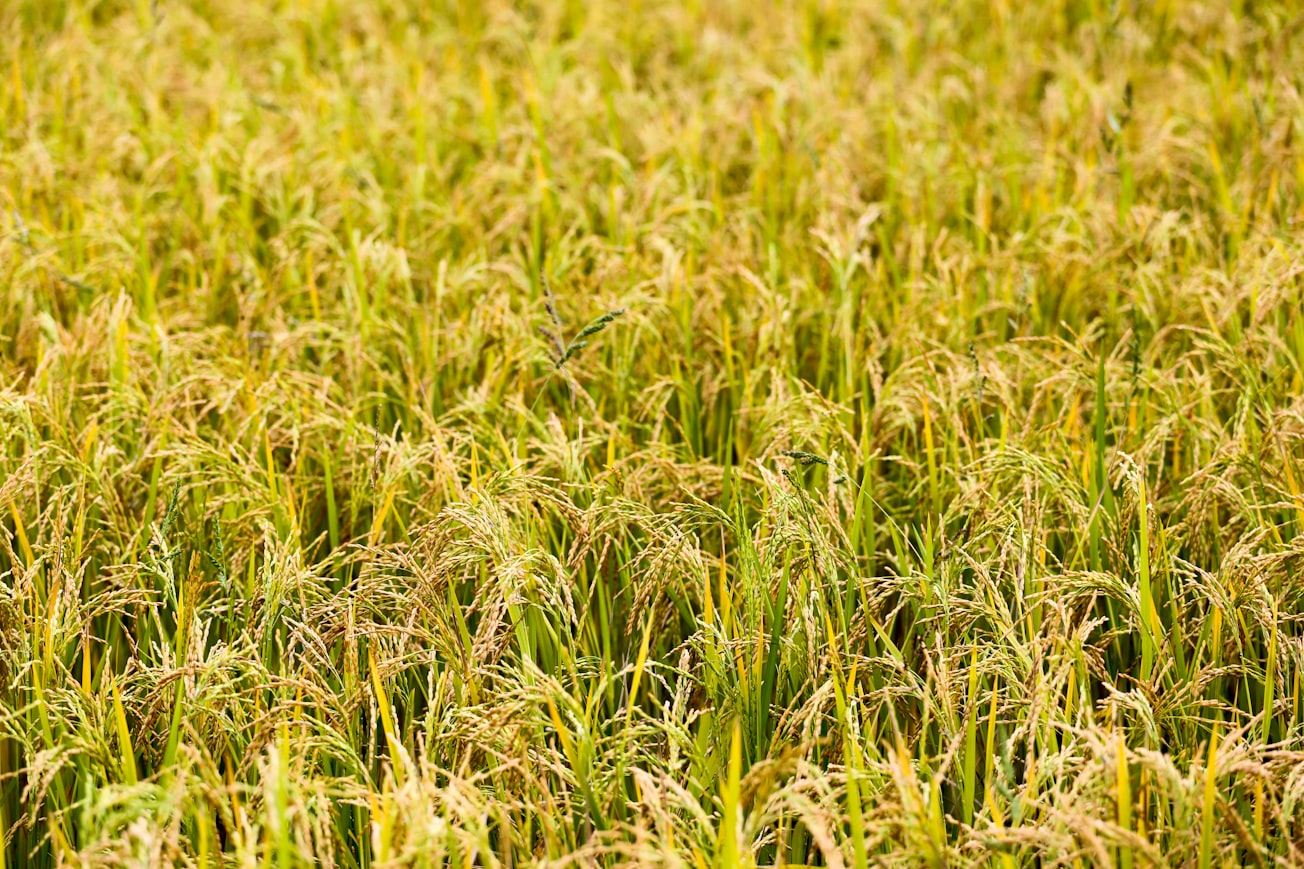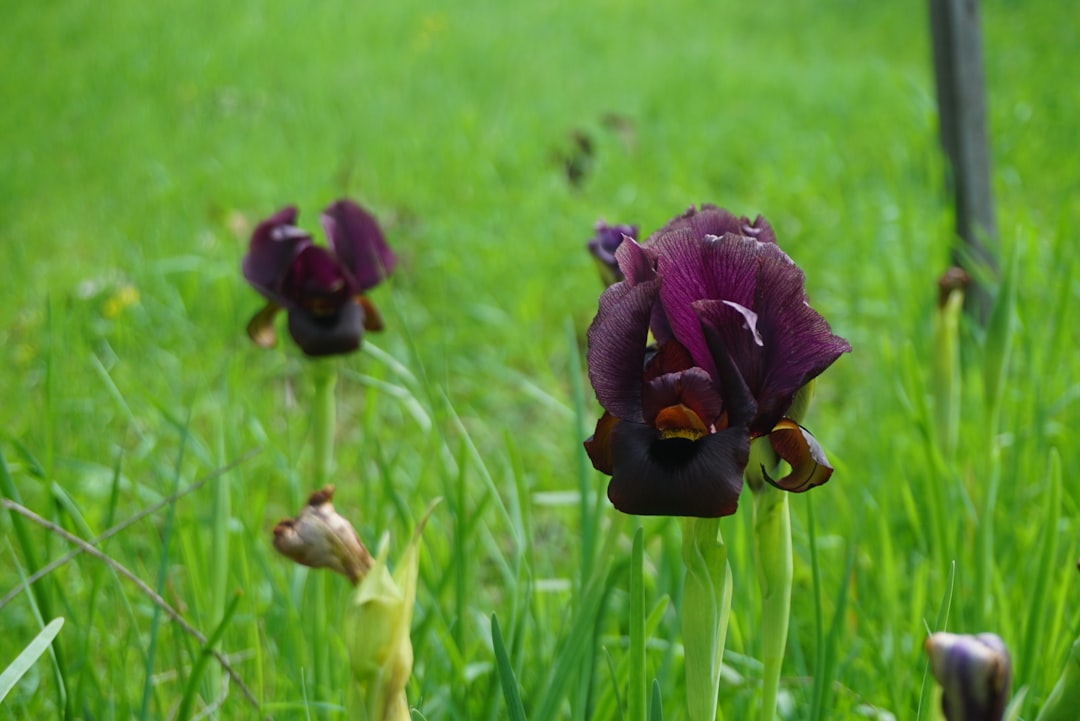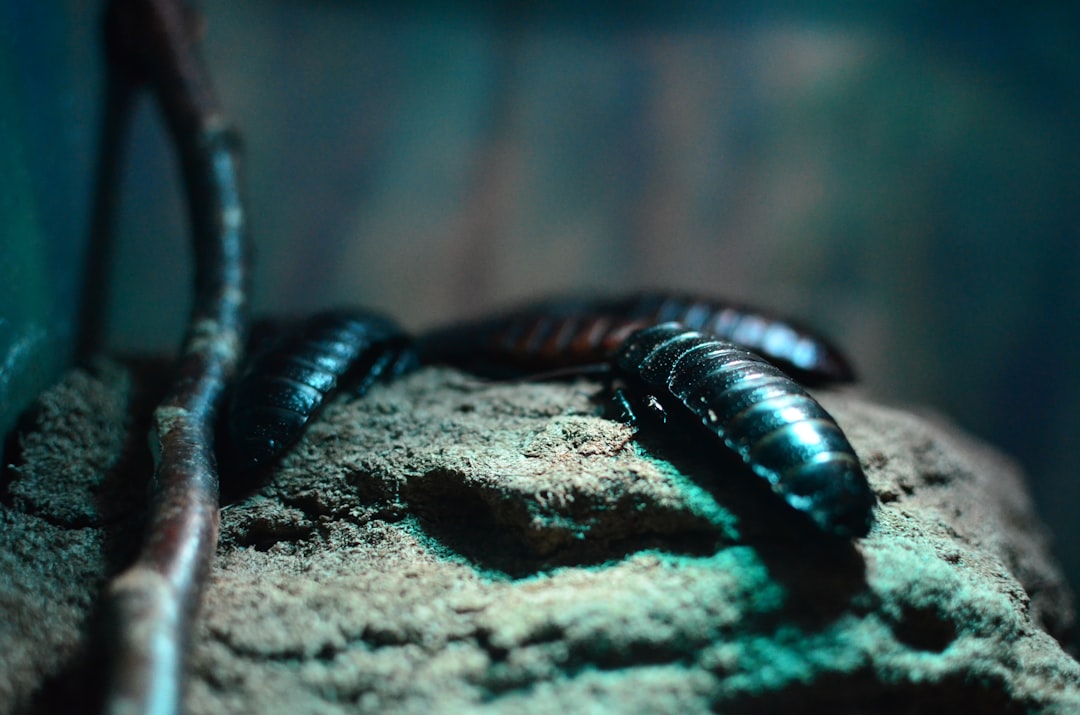What is it about?
The rice stem stink bug Tibraca limbativentris is a major pest in rice paddies of the Neotropics. In autumn–winter, this pest takes refuge in rice stubble and in native vegetation, which allows it to re-colonize the crop during the rice growing season. However, it is still unknown whether this vegetation is a pest sink or is actually a natural trap that contributes to pest population biocontrol. Here we present information on the insect's alternative host plants and the impact that winter natural enemies have in pest population. Our results suggest that native vegetation impacts winter survival of T. limbativentris. Although these plants offer shelter, they offer a greater contribution to Integrated Pest Management: the natural regulation of winter pest populations through their natural enemies. Further studies on T. limbativentris population dynamics and the preservation of native areas near rice fields will be required for the development of best control practices.
Featured Image

Photo by Theme Inn on Unsplash
Why is it important?
These results serve as a framework for future research, contributing to integrated pest management for this pest in target sites.
Read the Original
This page is a summary of: Importance of native vegetation for detection and management of rice stink bug (Tibraca limbativentris), Bulletin of Entomological Research, November 2019, Cambridge University Press,
DOI: 10.1017/s0007485319000701.
You can read the full text:
Resources
How does Tibraca limbativentris survive in the absence of rice? Abundance in alternative hosts and mortality by entomopathogenic fungi during the winter season.
Poster
A high price for the shelter: the case of Tibraca limbativentris Stal (Hemiptera: Pentatomidae) in rice fields of the Northeast of Argentina
Conference
Contributors
The following have contributed to this page










